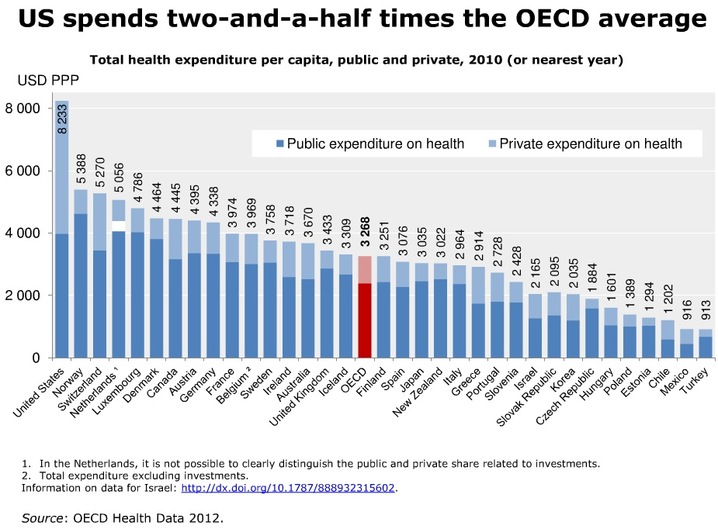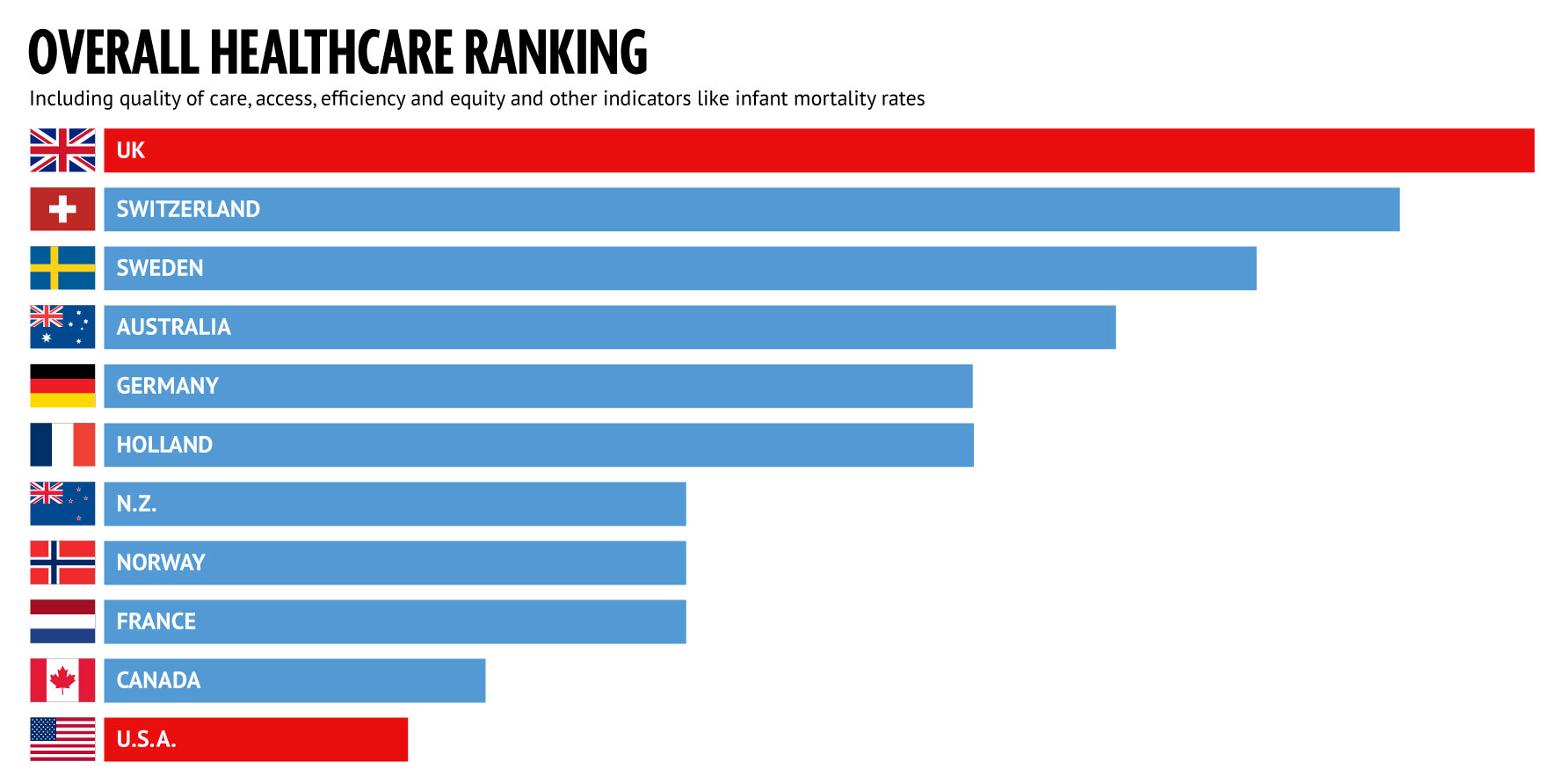Potentially or actually ?
You can have a lot of covered benefits you'll never use (that you are being forced to pay for) that can potentially skew this to make people think you are somehow getting a better deal.
If you are saying that people are actually paying less out of pocket, I find that truly hard to believe.
This is bizarre.
You made this point. Now you find it truly hard to believe.
Actuarial values in the nongroup market have gone up. Insurers are paying for more of their enrollees' expenses than before. (Note: these first two sentences mean exactly the same thing.) That's why individual market premiums are higher now--surely you at least believe
that, right? As you put it, "In essence, Obamacare has made cheap health insurance illegal." Cheap = lower actuarial value = more out-of-pocket costs for the enrollee.
It's true, unless you're a 20-something, you can't buy a plan with an actuarial value below 60% (bronze-level) anymore. Previously most plans in the individual market didn't meet this generosity level.
This reminds me of back in 2013 when horror stories about soaring premiums in the individual market were all the rage as the new rules kicked in. Ohio's lieutenant governor was pulling our her favorite examples, and when the
Plain Dealer looked at one of them they found the plan that was being used as the reference point had a
$25,000 deductible for one person:
In making her comparisons, Taylor included two examples, both for health-care policies sold in 2013, both with substantial hikes likely in 2014. The cost of a policy with a $25,000 deductible (a deductible that was not listed in Taylor's release but which her department disclosed to The Plain Dealer when asked) was $131 a month this year for a 64-year-old woman in Franklin County (if she didn't smoke). Next year, the cost will jump to $593.53, an increase of 353 percent, according to Taylor's department.
Yeah, insurers can't sell plans with deductibles that high anymore. In fact,
all cost-sharing put together (deductibles + coinsurance + copays) for a single person can never be higher than ~$6,800 total under current law. But as the cost-sharing goes down and the plan generosity goes up, the premium rises too.
If premiums are higher in the individual market today than pre-2014, it's because the coverage is more generous (the out-of-pocket spending is lower).
I know you desperately want to make some argument that plan generosity has been
dropping (which would mean
declining actuarial values--the opposite of what you've put forth so far) as premiums go up, but that doesn't actually make sense.




